| Vintage Pulp | Dec 19 2014 |

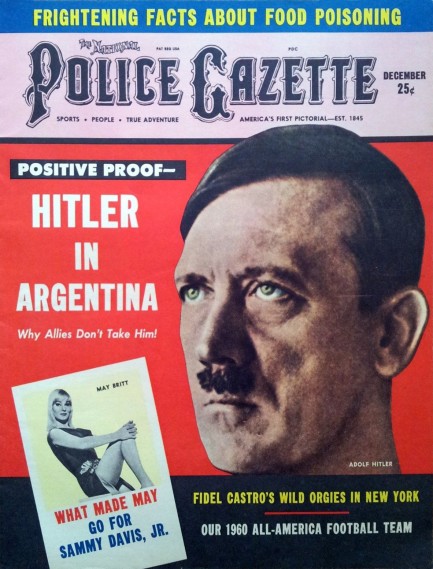
Just in time to ruin everyone’s Christmas shopping, this National Police Gazette from December 1960 splashed Adolf Hitler’s face on its cover along with an inset of Swedish actress May Britt (who could hardly have appreciated the inclusion). George McGrath’s story minces no words, opening with this: Indisputable evidence that Adolf Hitler is alive and living in the Argentine has has been uncovered by the Police Gazette. Although this new information is in the hands of government intelligence chiefs, the United States and its allies are not lifting a finger to catch the runaway Nazi dictator.
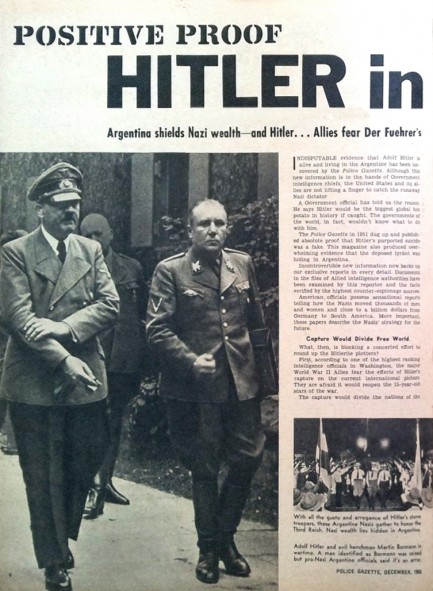
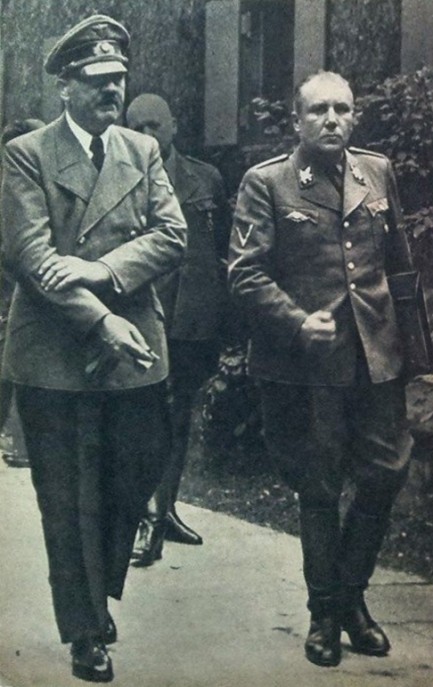
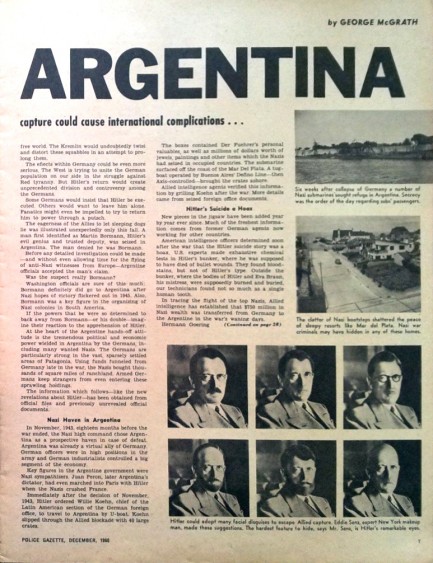
| Intl. Notebook | Mar 12 2014 |

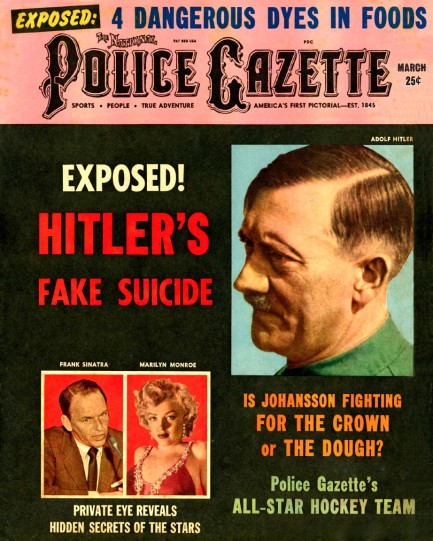
It’s been a few months, so we’re bringing Hitler back on The National Police Gazette. This example from March 1951 is the twenty-first Hitler cover we’ve located, all of them from the 1950s and 1960s, which means he starred for the Gazette at least yearly for two decades. But of course, that’s just an average based on the issues we’ve found so far. We know for certain there were others, and ultimately we’ll probably determine that he was featured closer to twice a year. As you can see yourself, this time Gazette is concerned with Hitler’s 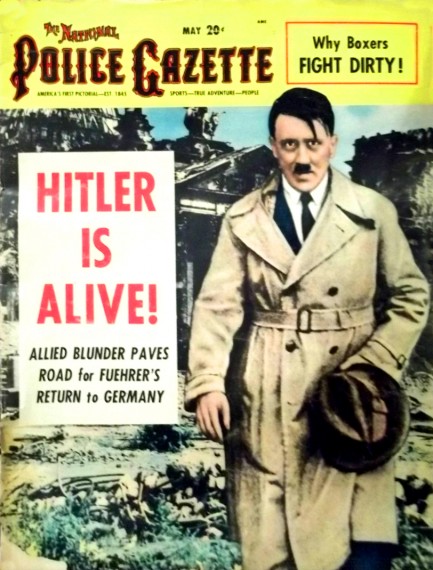 fake suicide, which journo Harvey Wilson says was propaganda put out by the Soviets to cover for their failure to capture him as Berlin burned.
fake suicide, which journo Harvey Wilson says was propaganda put out by the Soviets to cover for their failure to capture him as Berlin burned.
Leaving aside the question of who’s really doing the propagandizing here, it’s a clever little pivot by the Gazette, which went from merely claiming Hitler had escaped to blaming the escape on Moscow, resulting in a nifty mash-up of two of post-War America’s biggest boogeymen—Hitler and Khrushchev.
Later the Gazette would claim Hitler or his henchmen were tight with other enemies of the American power elite, including Abdel Nasser and Juan Peron. One year after the above issue came out, Gazette turned around and in its May 1952 issue, at right, blamed Hitler’s escape on the Allies. And let's not forget the infamous Hitler-in-Antarctica story, truly one of the all-time creative highlights of mid-century tabloid journalism. Well, wherever Hitler fled, the Gazette’ll straighten it out for us in due time. We just have to keep digging up issues. Meanwhile, a couple of scans below, and more from the Gazette to come.
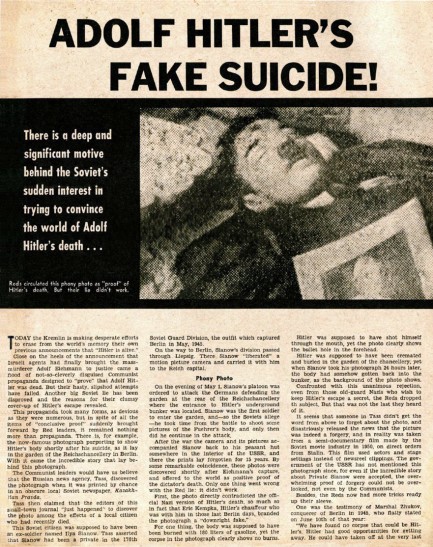
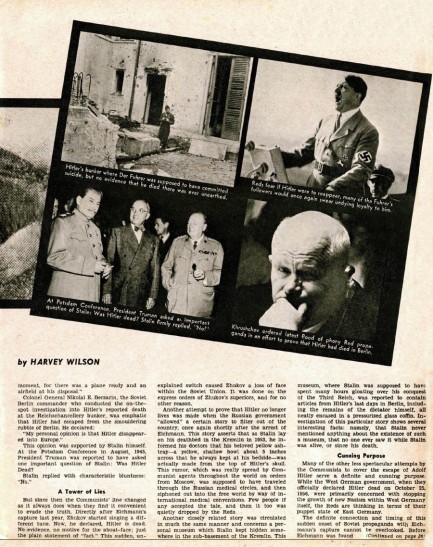
| Hollywoodland | Sex Files | Mar 13 2013 |

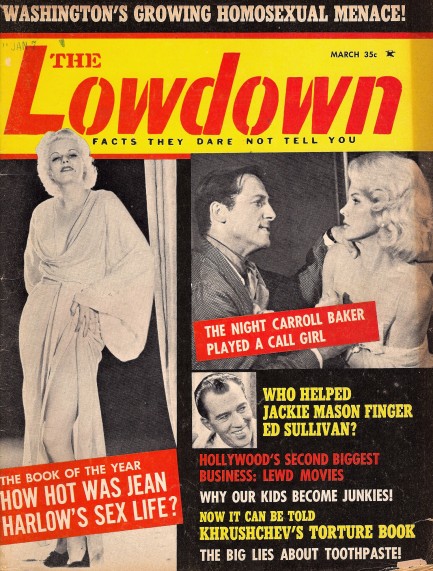
We’re jumping right into our treasure trove of newly arrived tabloids today with a glance at this issue of The Lowdown published in March 1965. On the cover you see Jean Harlow, Carroll Baker, and Ed Sullivan. We talked about Baker recently and there she is in that crazy gown again (below)—or is she? No, on close examination this is yet another version of the dress. Clearly, the photo was shot on a different night than all the others because her hair and jewelry are different. But the actual dress also looks slightly different from both the Oleg Cassini and Pierre Balmain iterations. A reference in the story clears things up at least a little: “Transparency gowns are another of her big passions and she often wears them.” There you have it. Half naked was a fairly standard look for Carroll Baker. They just don’t make stars like they used to.
You might be curious what the article is about. On the cover the header reads: “The Night Carroll Baker Played a Call Girl,” but on the inside, it says: “The Night Carroll Baker Played a Harlot!” The story goes that she wanted to research her role as a prostitute in the movie Sylvia, so she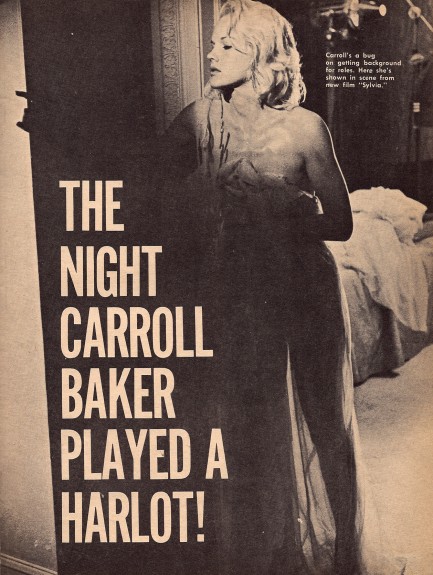
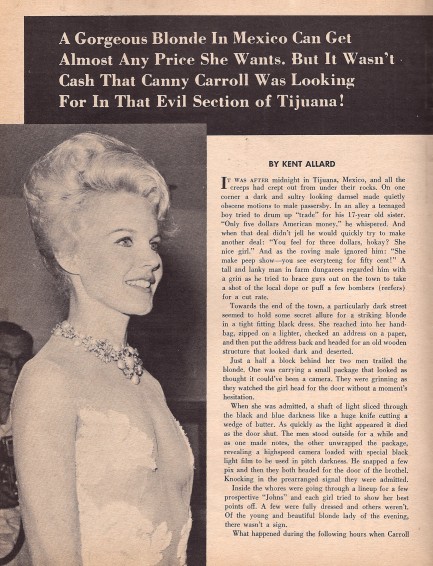
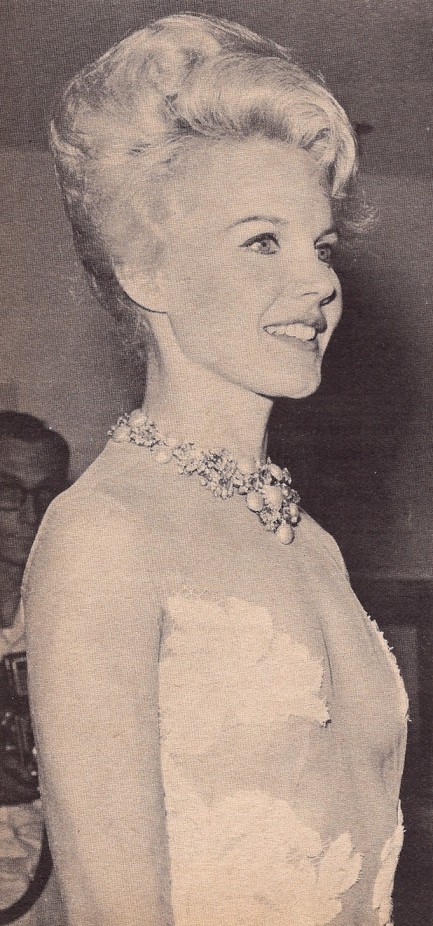 ventured down to Tijuana, Mexico, toured a few brothels, and somehow disappeared alone for two hours: “We don’t know what happened in the house in Mexico or what sights she could have barged in on, but that is bouncy Miss Baker’s bit.” Lost in a Mexican whorehouse. The mind reels. Do we buy it? Not for a minute.
ventured down to Tijuana, Mexico, toured a few brothels, and somehow disappeared alone for two hours: “We don’t know what happened in the house in Mexico or what sights she could have barged in on, but that is bouncy Miss Baker’s bit.” Lost in a Mexican whorehouse. The mind reels. Do we buy it? Not for a minute.
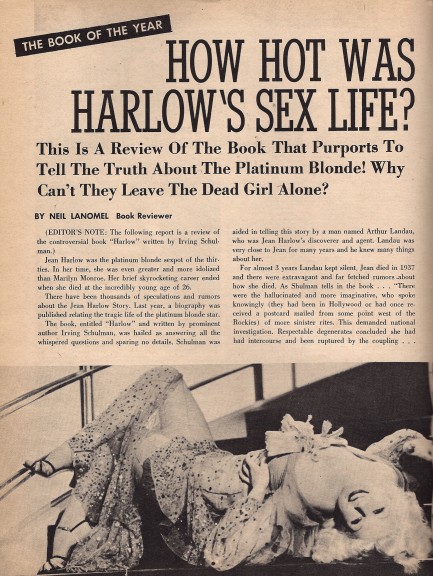
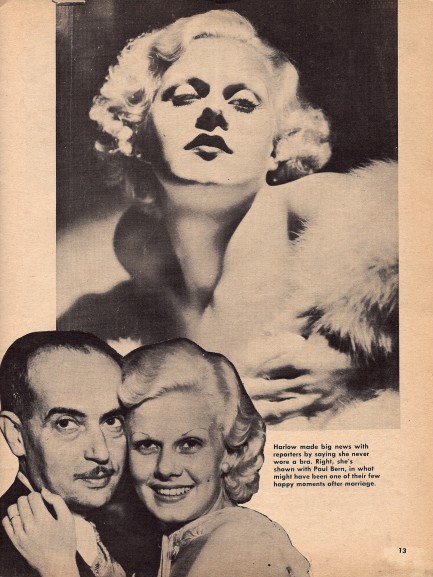 was one especially bad bruise directly over her kidneys.” The implication here is because Harlow died several years later of kidney failure that she incurred the fatal damage during that wedding night beating. It gets weirder—brace yourselves. Landau goes to Paul Bern’s house, geared for a confrontation:
was one especially bad bruise directly over her kidneys.” The implication here is because Harlow died several years later of kidney failure that she incurred the fatal damage during that wedding night beating. It gets weirder—brace yourselves. Landau goes to Paul Bern’s house, geared for a confrontation: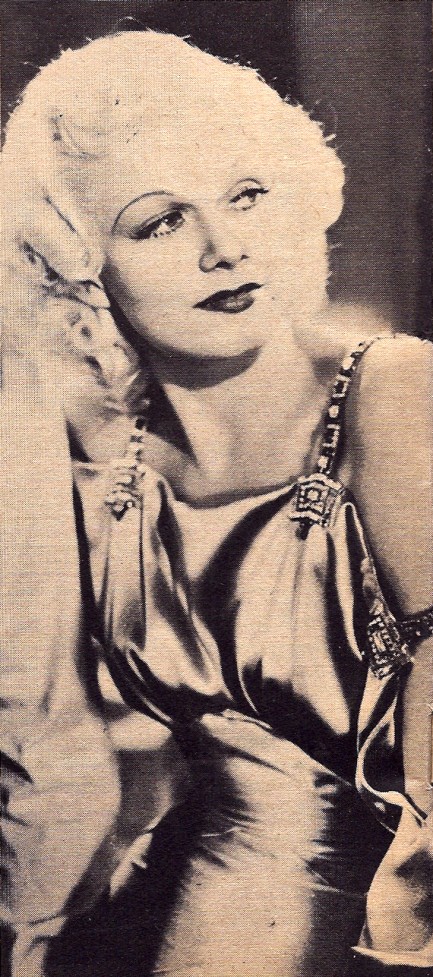
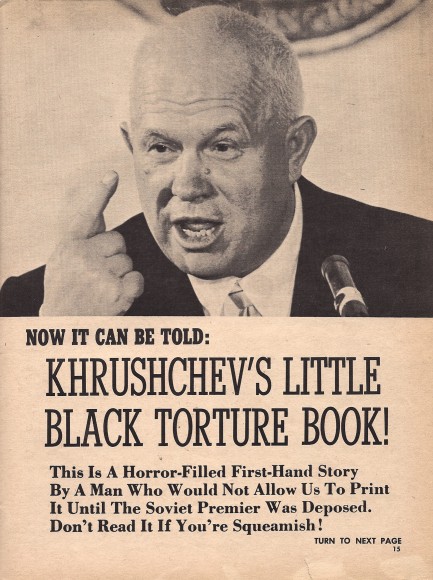
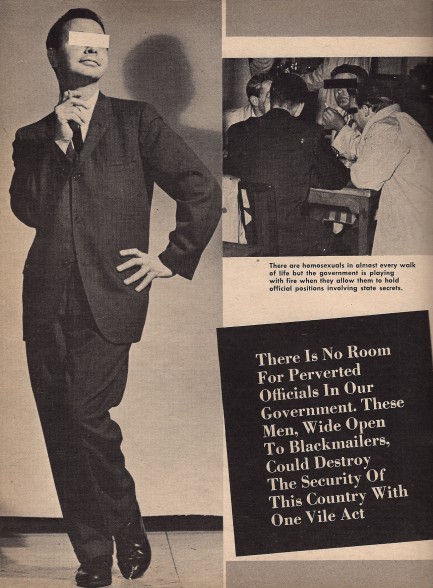
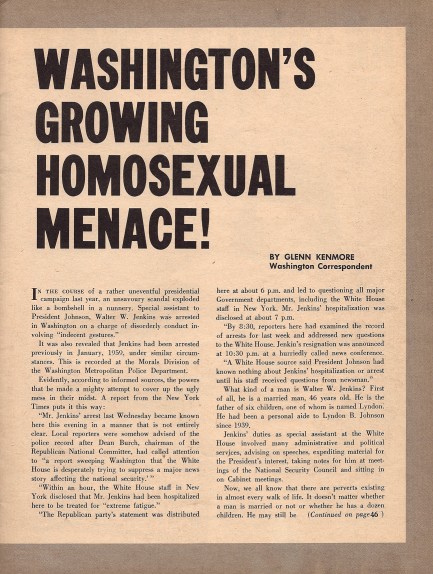
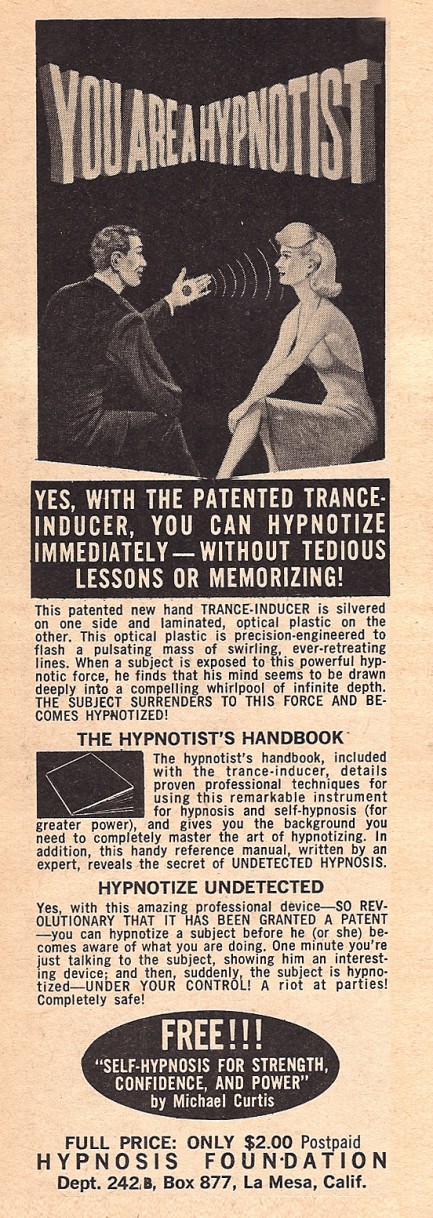

| Intl. Notebook | Sep 19 2011 |

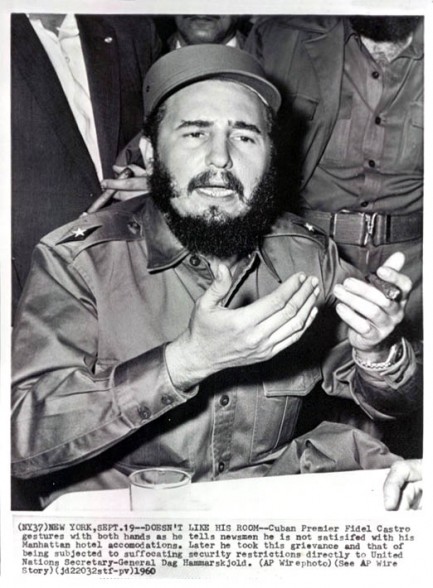
On September 18, 1960 Fidel Castro and his delegation arrived in New York City and, after sleeping at the Shelburne Hotel for one night, were asked for a $10,000 deposit for their twenty rooms after allegedly causing extensive damage. The Cubans either didn’t have it or were insulted by the demand (reports vary), and Castro pointedly expressed his annoyance at a press conference, which is where the above photo was shot fifty-one years ago today.
Castro said that if the situation wasn't resolved he and his delegation would sleep in Central Park. They were poor mountain people, he reminded everyone, and spending a few days outdoors wouldn't be a big deal. But Harlem’s stately Hotel Theresa intervened with an offer of lodging and Castro moved uptown, where he was greeted by cheering crowds of 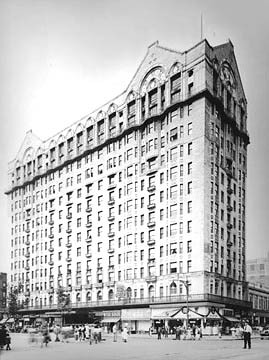 Harlem residents. Some cheered because they supported Castro, or because they saw the move as a rebuke against Manhattan’s white establishment, or both.
Harlem residents. Some cheered because they supported Castro, or because they saw the move as a rebuke against Manhattan’s white establishment, or both.
During his stay at the Theresa, Castro received visits from Soviet premier Nikita Khrushchev and activist Malcolm X. The event prompted President Dwight D. Eisenhower to call the Cubans “troublemakers.” The photo caption, you’ll notice, opts for a simpler narrative, and says only that Castro was dissatisfied with his room at the Shelburne.
| Modern Pulp | Aug 7 2009 |

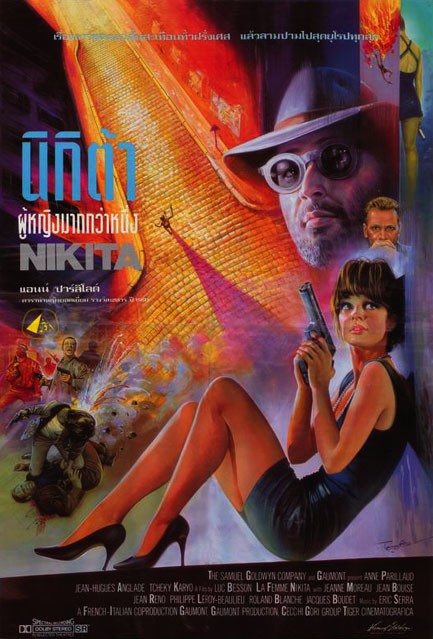
We featured French actress Anne Parillaud as a femme fatale recently and now this morning we spotted this kick-ass Thai promo poster for Nikita, aka La Femme Nikita. Parillaud plays a thief and murderess who, instead of being sent to prison for her crimes, is transformed by a shadowy government agency into an assassin. It was remade in the U.S. as Point of No Return in 1993 starring Bridget Fonda, and while that version has it merits—mainly the underrated Fonda in the lead role—the original directed by Luc Besson has a sublime coolness that’s hard to beat. We just watched this recently, and we're going to watch it again. Highly recommended.
| Femmes Fatales | Jul 14 2009 |

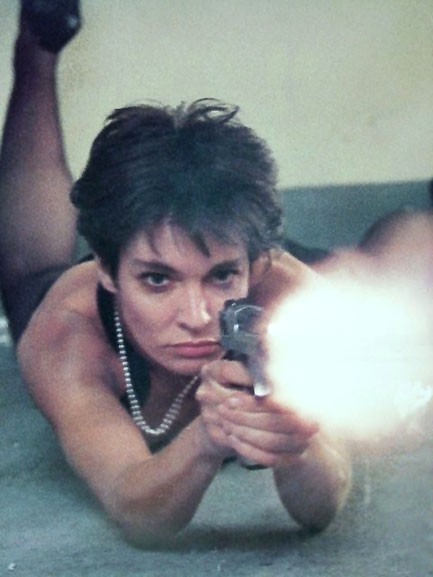
French actress Anne Parillaud in a promo still from Luc Besson’s masterpiece La Femme Nikita, 1990.
| Intl. Notebook | Mar 11 2009 |

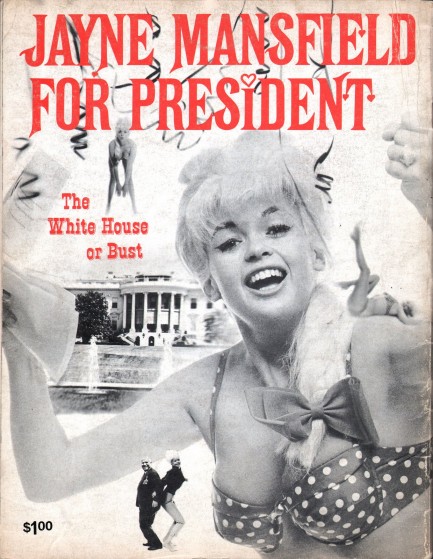
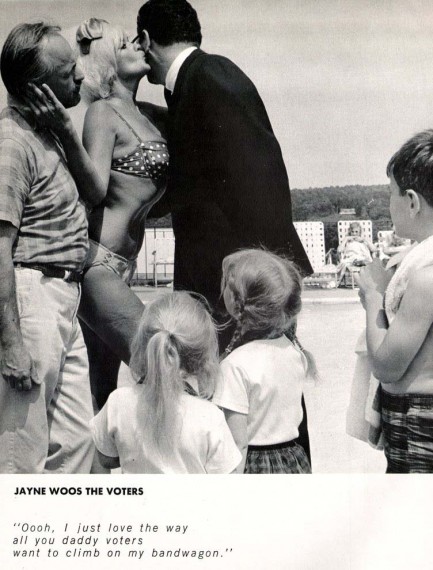
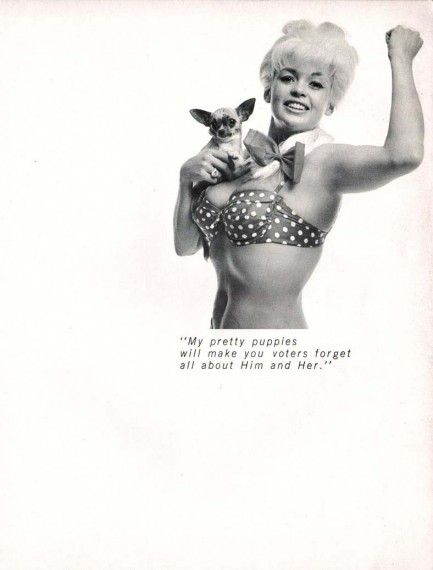
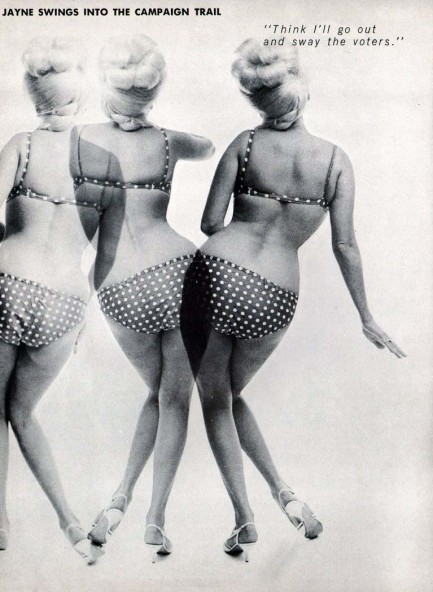
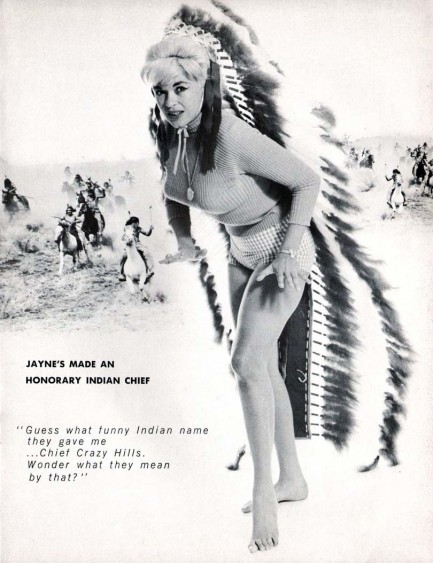
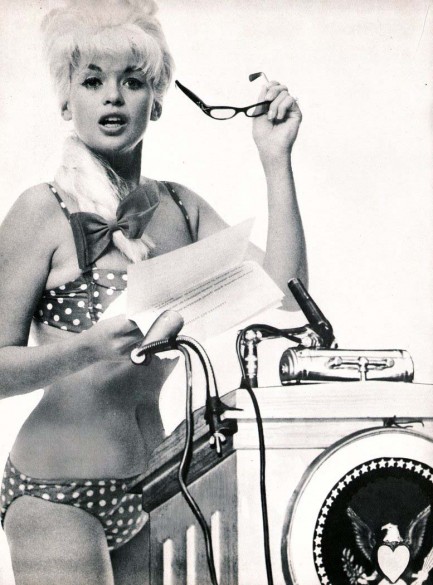
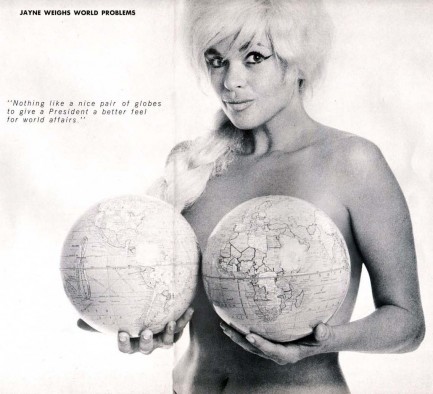
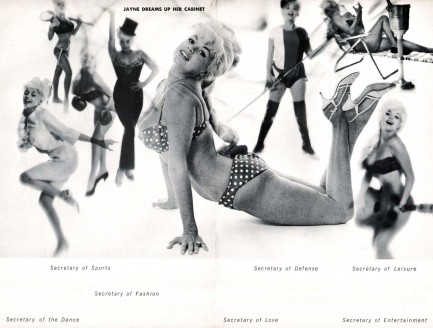
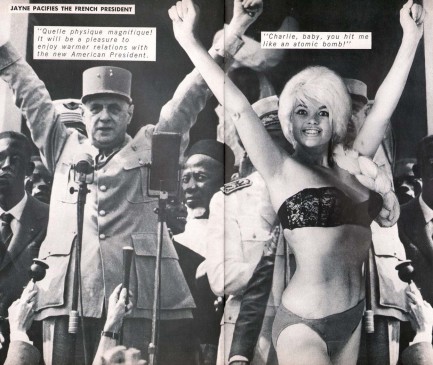
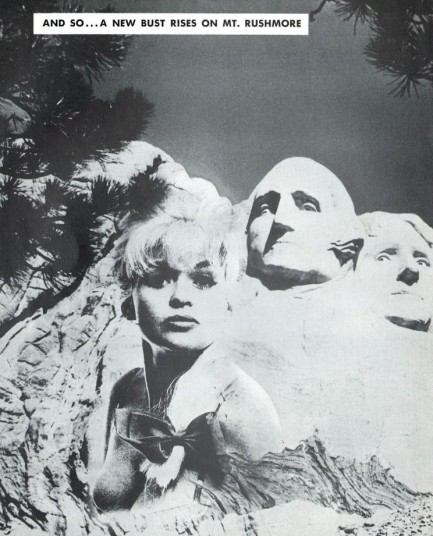
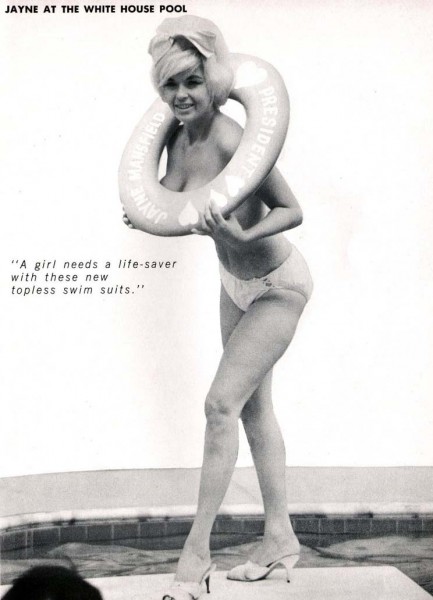
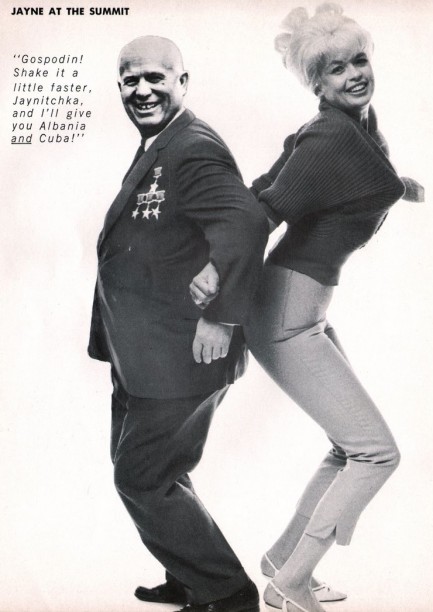
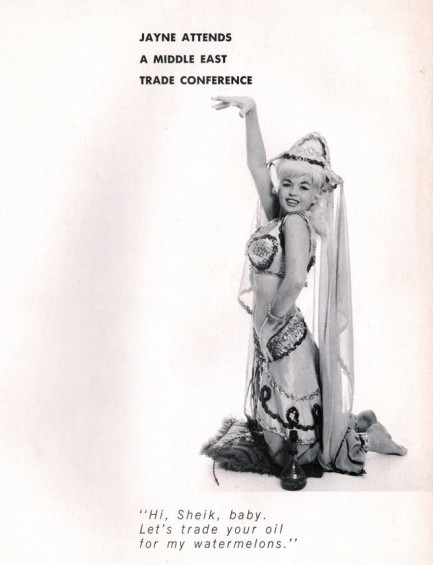
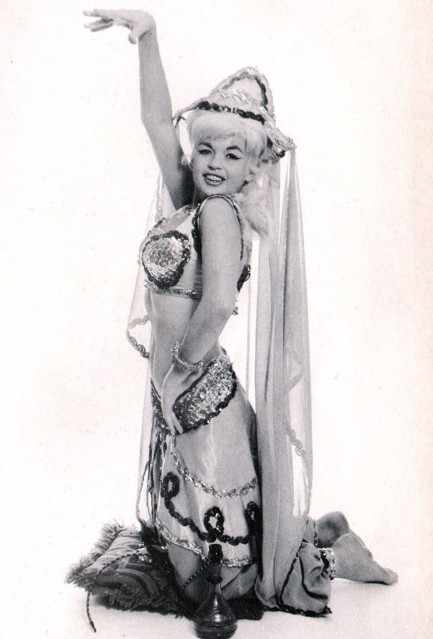
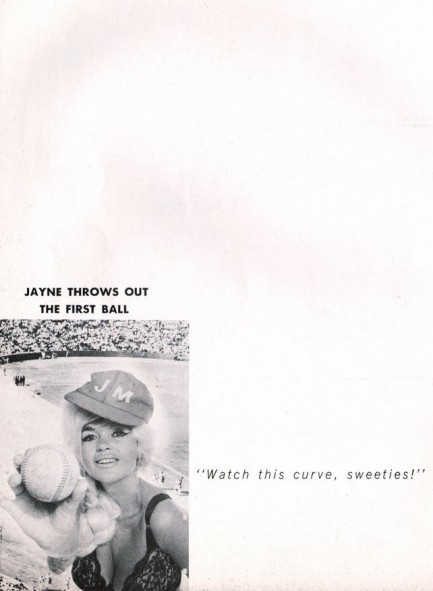
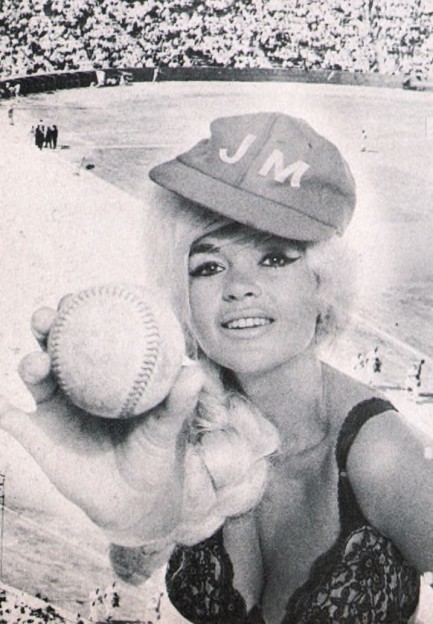
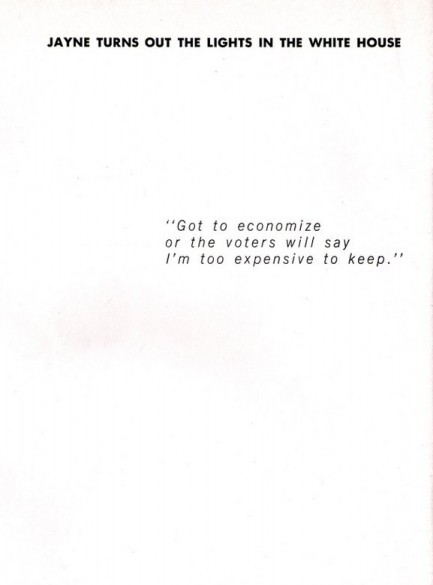
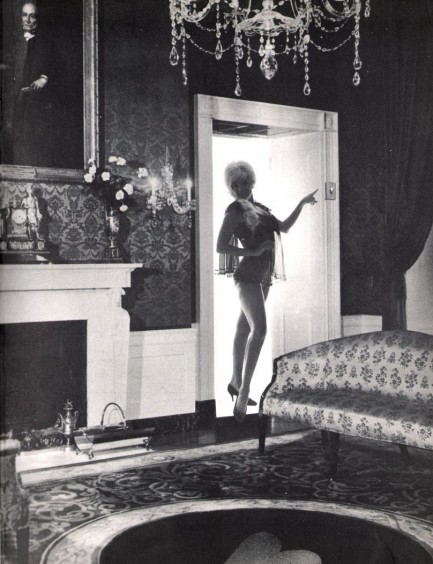
Above, images from a 1964 cheesecake photo book of beauty queen Jayne Mansfield pretending to run for high office, with darkroom trickery superimposing her with Nikita Khrushchev, and placing her in other historical contexts. Goofy, but pretty fun.




































































